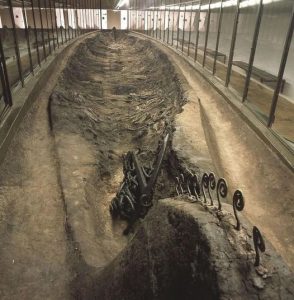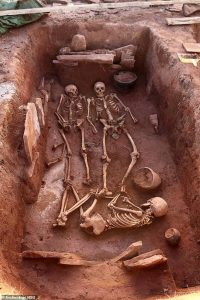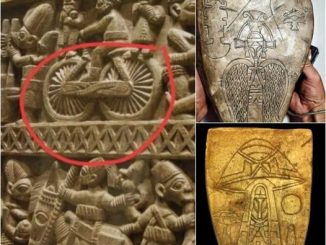Sometimes, when poring through history texts, it’s easy to start seeing people of ancient times as ‘objects’ or ‘concepts’ to be studied from our informed vantage point in the future (relative to them). But sometimes archaeology uncovers evidence that helps us to realise that people back then were very much human.
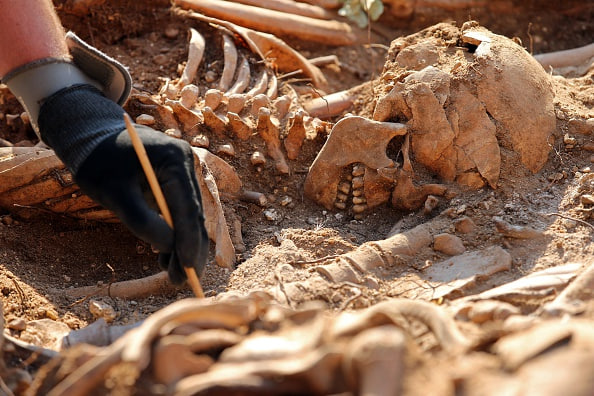
For instance: In Vedbæk, Denmark, 6000 years ago, a young woman was laid to rest beside a baby, with the dead infant placed upon a swan’s wing.
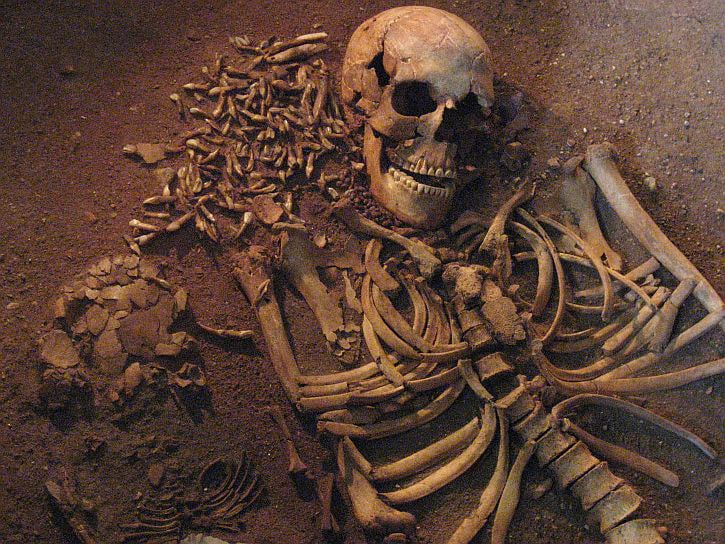
Grave 8, the most famous of the burials, contains a young woman, who may have died at childbirth, and a premature baby. The symbolism of the baby on the swan wing has been much debated with suggestions including purity and the ability of a water bird to transcend water, land and air. Certainly both bodies were cared for in death (the disorderly state of the mother’s ribs suggest that she may have been resting on an organic ‘pillow’), which suggests a belief that the spirit remained with the body.
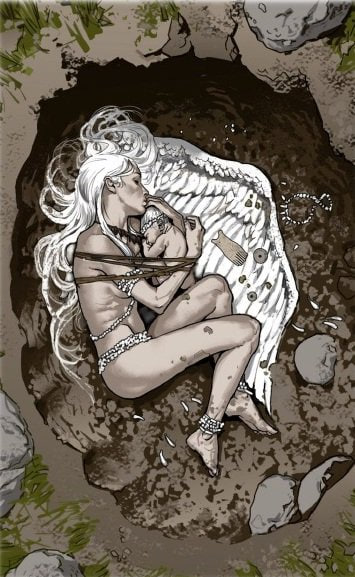
And while the drawing on the right is not meant to be historically accurate (it’s taken from the comic Mezolithic, by Ben Haggarty), I think most if not of all of us can appreciate the humanity present in the scene.
(via Irish Archaeology)


